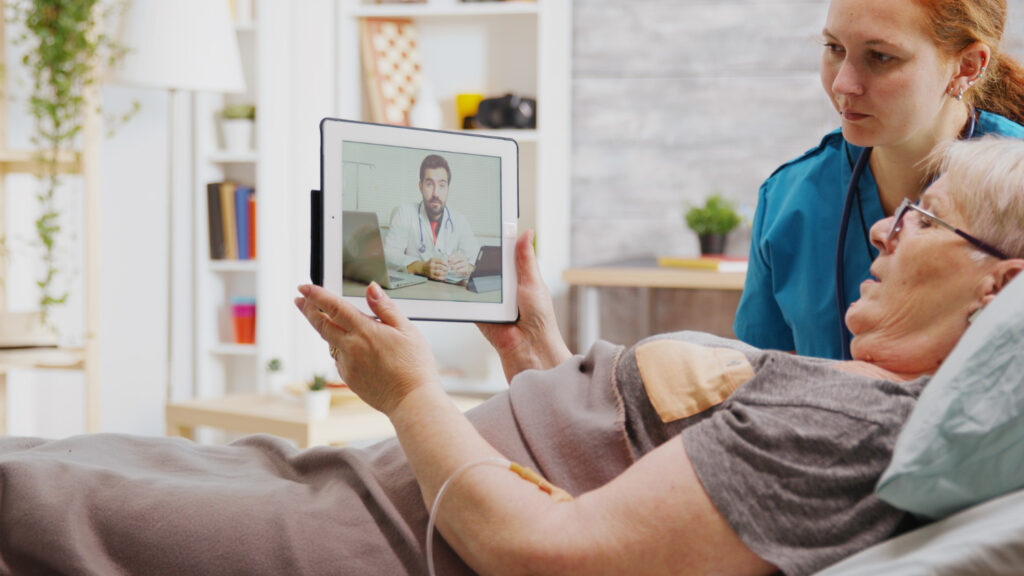When it comes to managing your health, having a trusted family physician is essential. Family physicians are medical professionals who provide comprehensive medical care to patients of all ages, from newborns to the elderly. At Eiddwen Family Clinic in Singapore, our team of experienced family physicians is dedicated to providing personalized attention and top-quality medical care to our patients.
What is a Family Physician?
A family physician is a medical professional who provides primary care to patients of all ages, from newborns to the elderly. Family physicians are trained in a wide range of medical specialties and are responsible for managing the overall health and well-being of their patients.
The Importance of Family Physicians in Medical Care
Family physicians play a crucial role in providing comprehensive medical care to patients. Here are some of the reasons why having a trusted family physician is so important:
Long-Term Care
Family physicians provide long-term care to their patients, allowing them to develop strong relationships with their patients and understand their unique needs and goals. This can help prevent health problems before they occur and provide early intervention when necessary.
Comprehensive Care
Family physicians provide comprehensive medical care to patients, including diagnosing and treating medical conditions, providing preventive care, and managing chronic conditions like diabetes and hypertension. They also provide counseling and education to help patients maintain good health.
Coordination of Care
Family physicians coordinate care with other healthcare providers, such as specialists and allied health professionals, to ensure that their patients receive the best possible care. They work closely with other healthcare providers to develop treatment plans that meet the unique needs of their patients.
The Role of a Family Physician
At Eiddwen Family Clinic, our team of family physicians provides comprehensive medical care to patients of all ages. Here are some of the key roles that our family physicians play:
Primary Care Provider
Our family physicians serve as the primary care provider for our patients. They are responsible for managing our patients’ overall health and well-being, including diagnosing and treating medical conditions, providing preventive care, and referring patients to specialists when needed.
Patient Advocate
Our family physicians also serve as advocates for our patients. They work closely with patients to understand their unique needs and goals, and develop treatment plans that meet those needs.

Care Coordinator
Our family physicians also serve as care coordinators, working with other healthcare providers to ensure that our patients receive the best possible care. They collaborate with specialists, nurses, and other healthcare providers to ensure that our patients receive coordinated, high-quality care.
Conclusion
Family physicians play a critical role in providing comprehensive medical care to patients of all ages. At Eiddwen Family Clinic, our team of experienced family physicians is dedicated to providing personalized attention and top-quality medical care to our patients. Contact us today to schedule an appointment and experience the difference that a trusted family physician can make in your healthcare journey.














